Impact of Social Media on Mental Health of Young Adults
VerifiedAdded on 2023/04/24
|13
|706
|237
Presentation
AI Summary
This presentation discusses the impact of social media on the mental health of young adults. It covers the association between online threats, young people’s emotional and mental health, the increase of online risks, and the critical impacts of social media on the mental health conditions of young adults.
Contribute Materials
Your contribution can guide someone’s learning journey. Share your
documents today.
1 out of 13
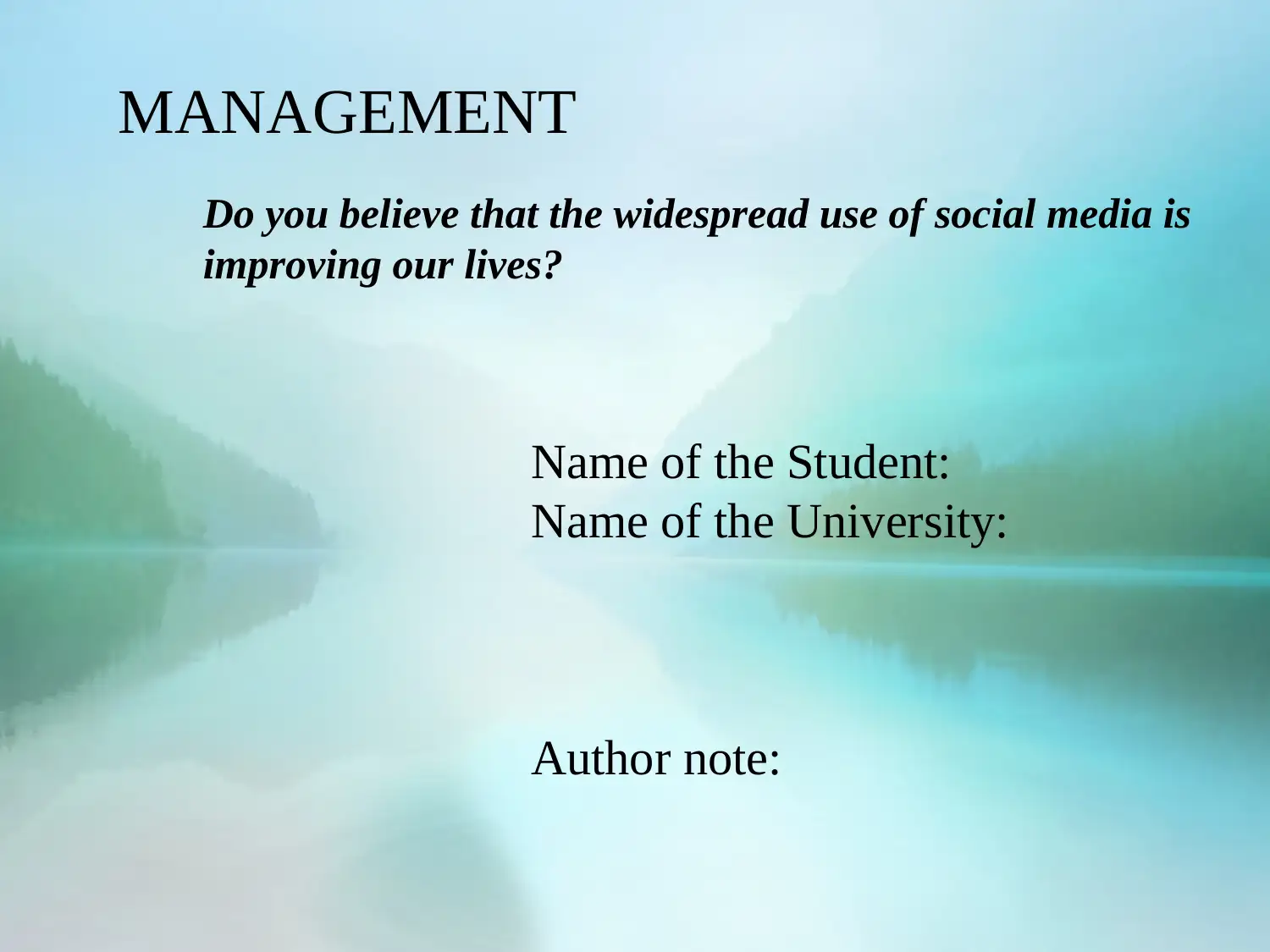


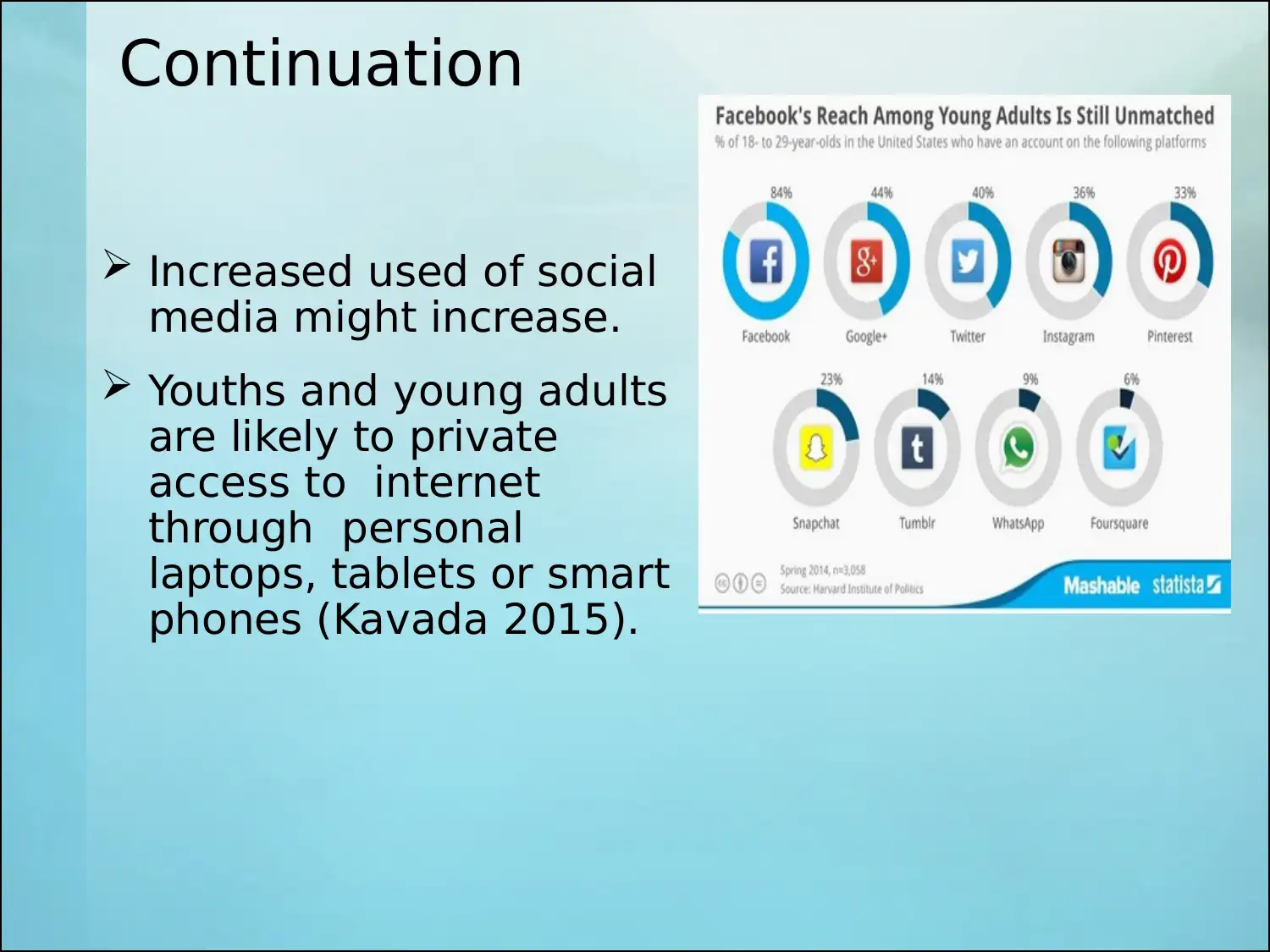
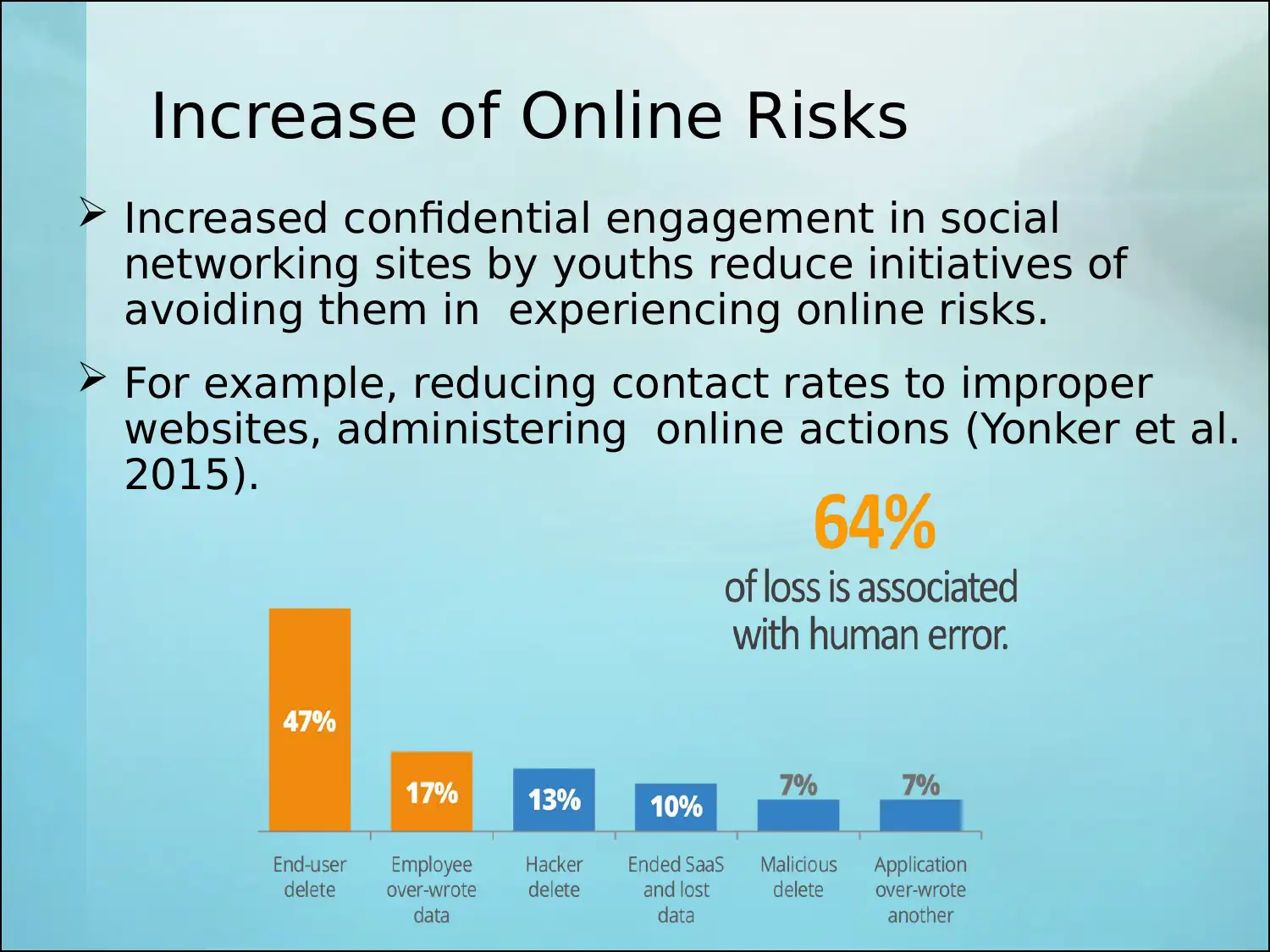
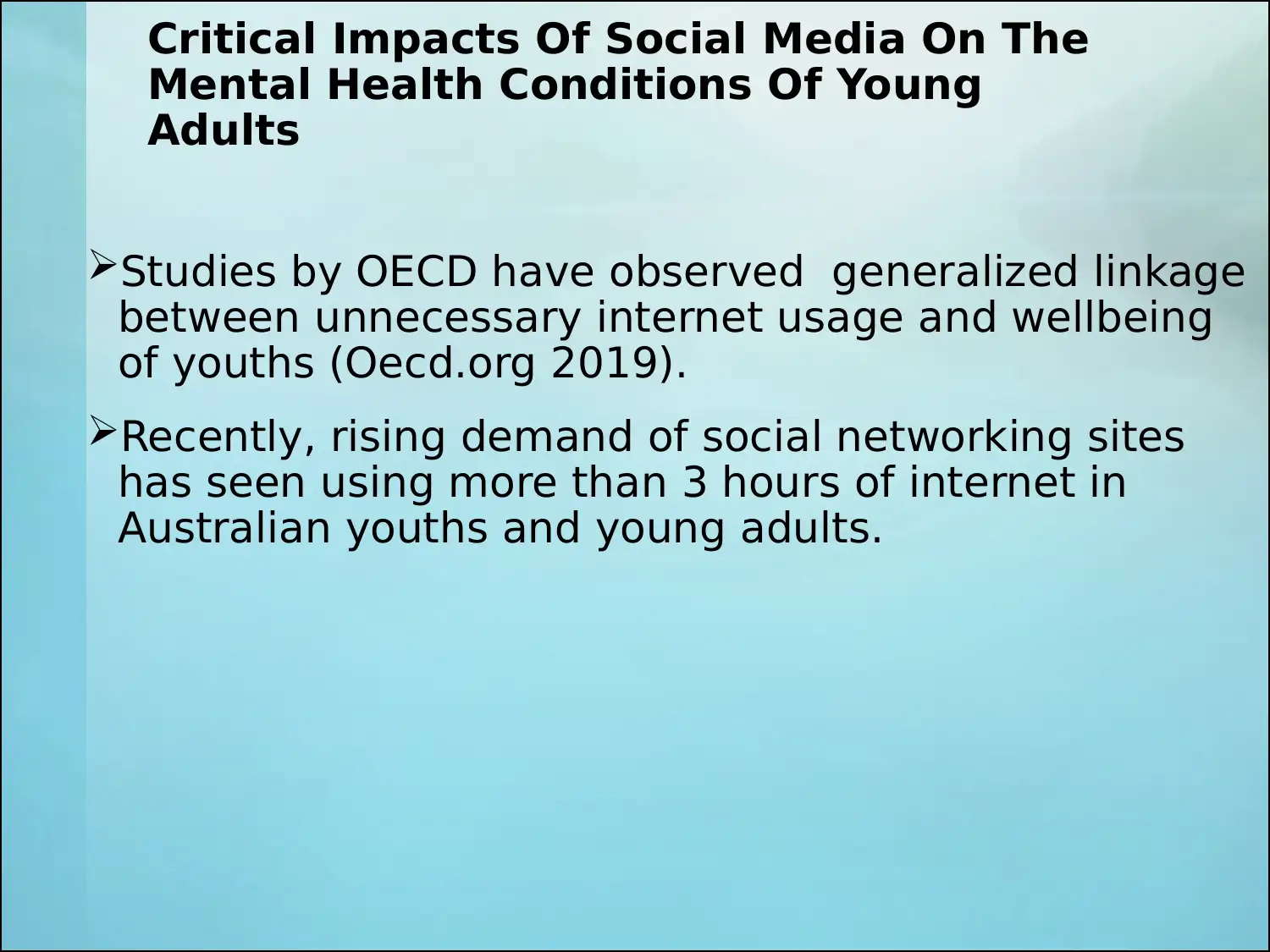
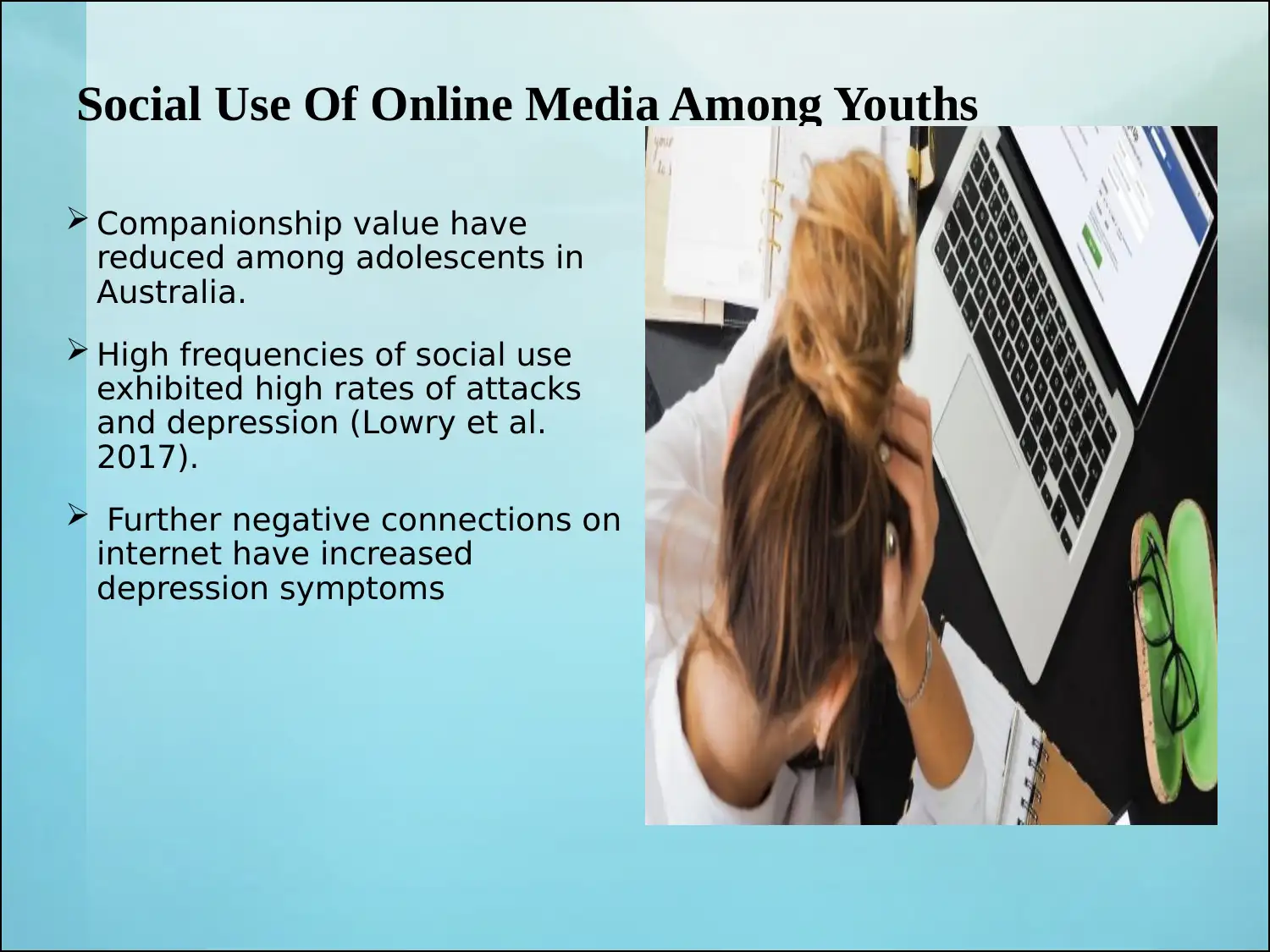
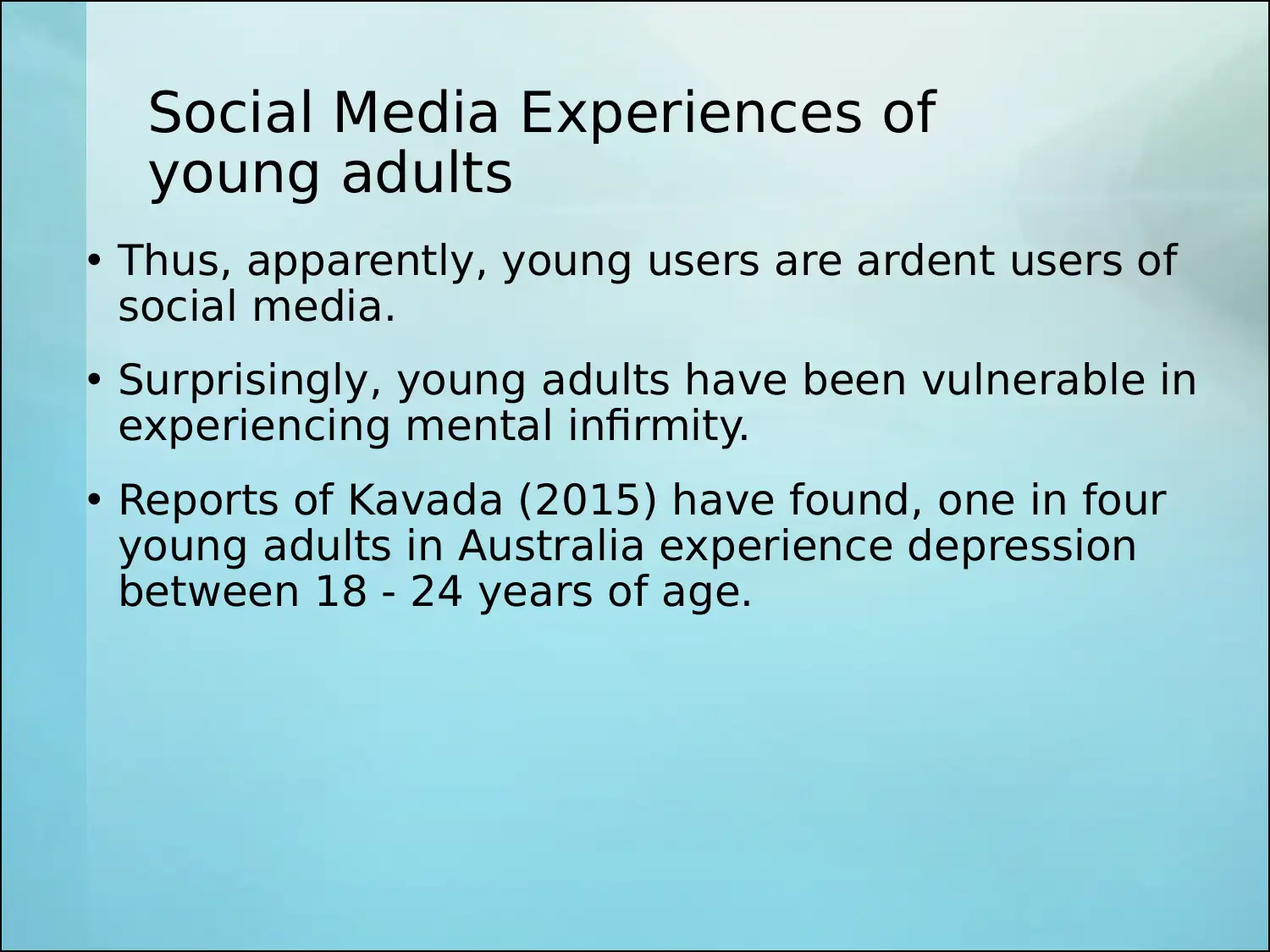
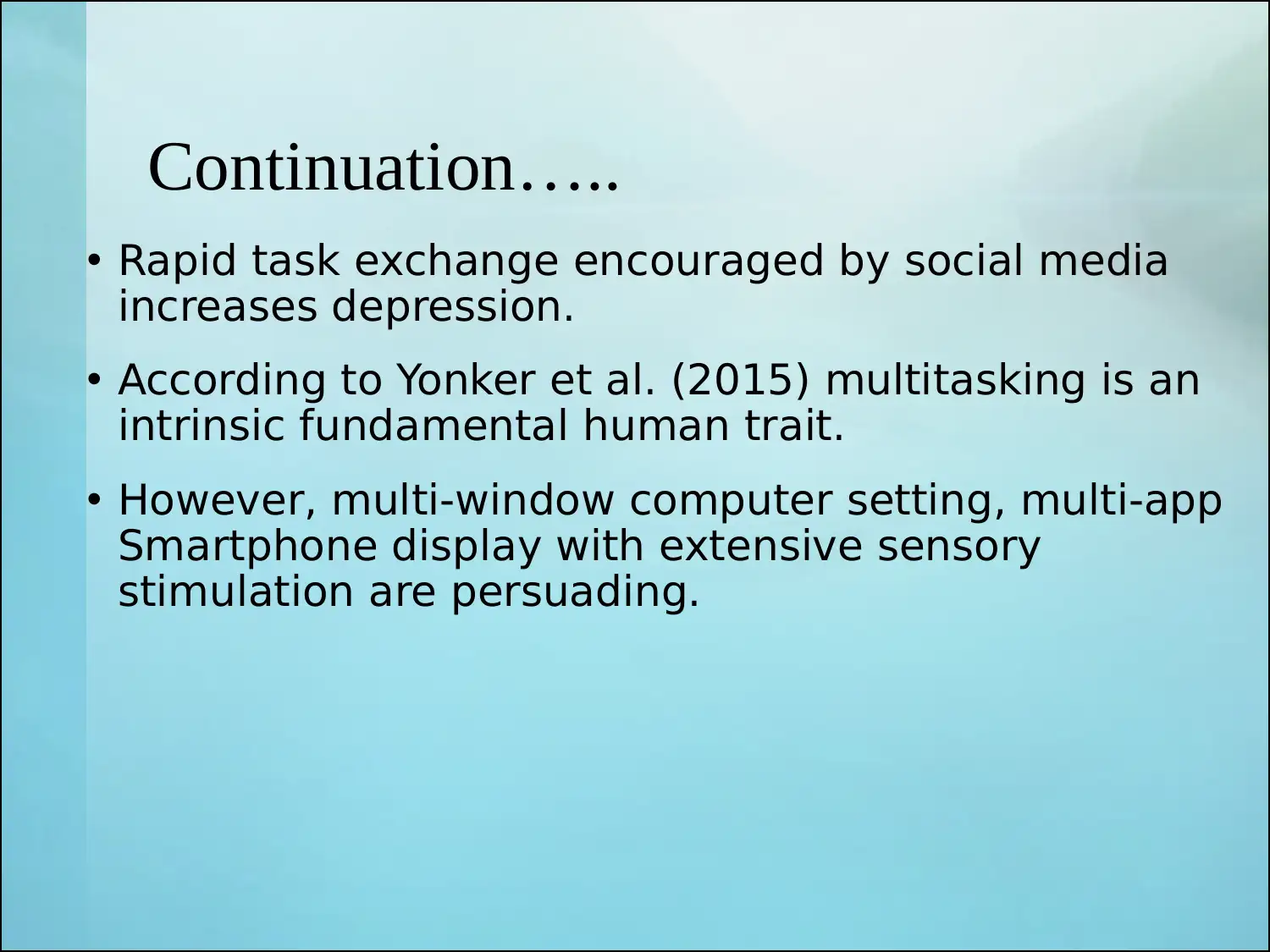
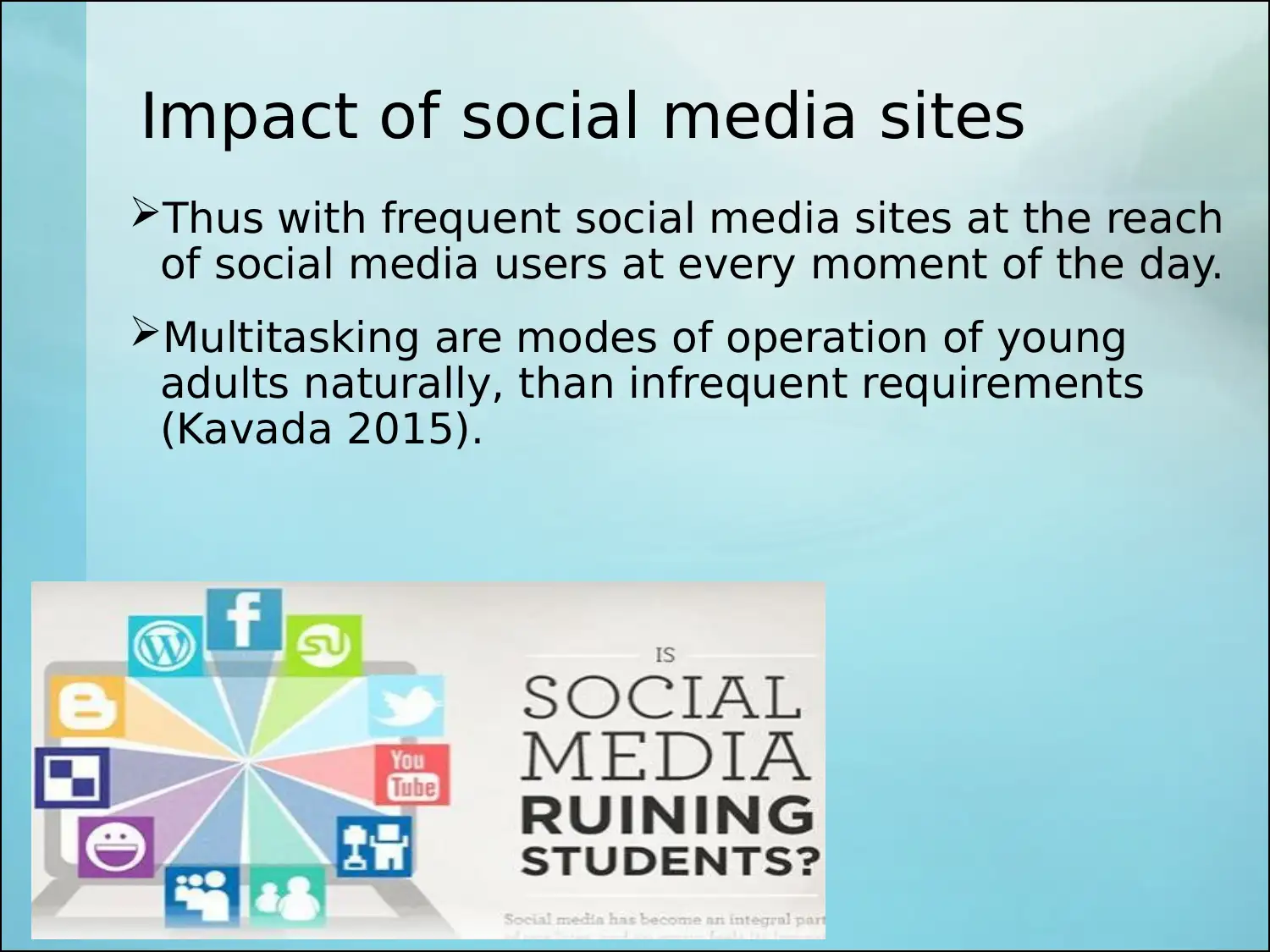
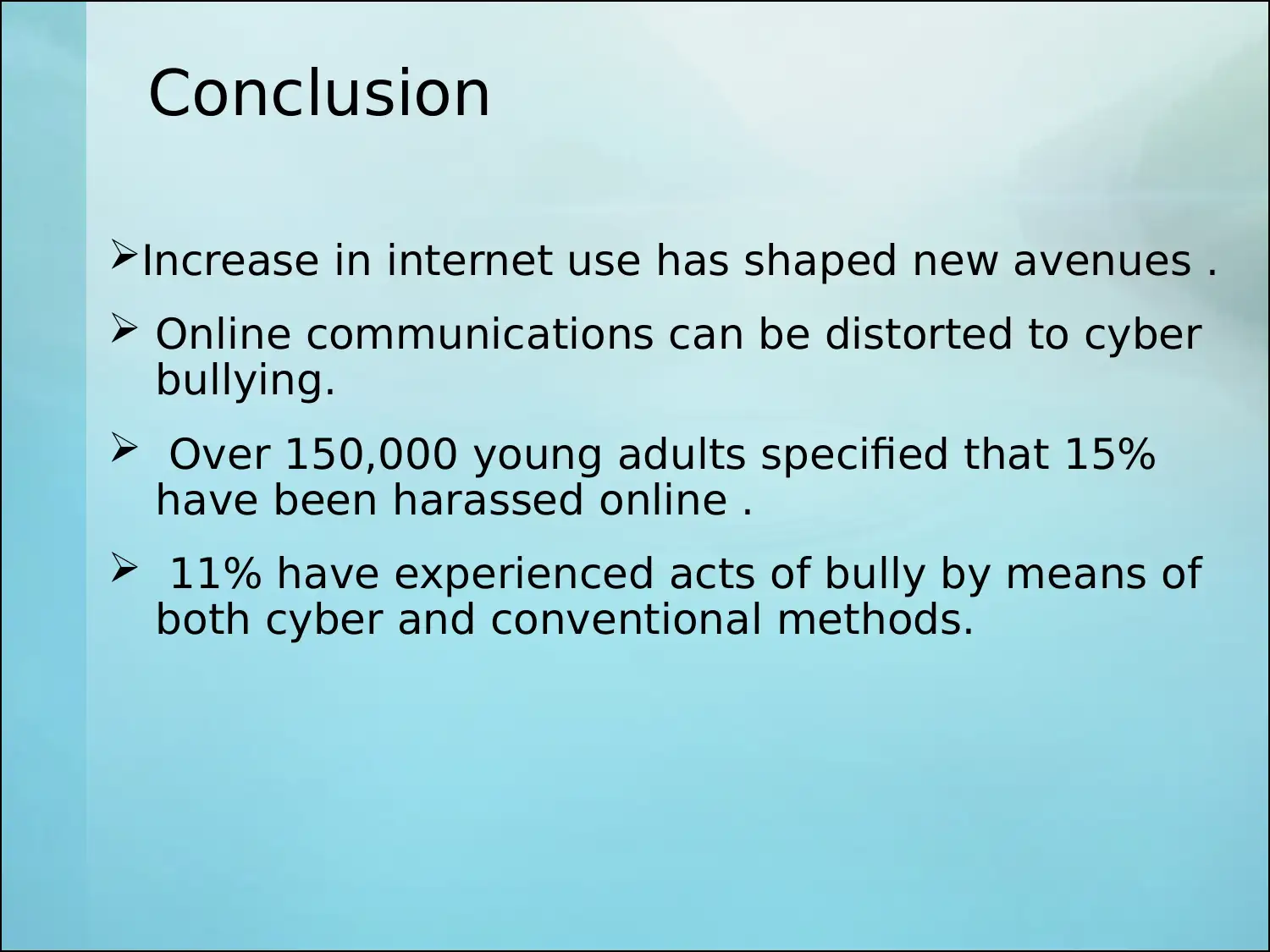
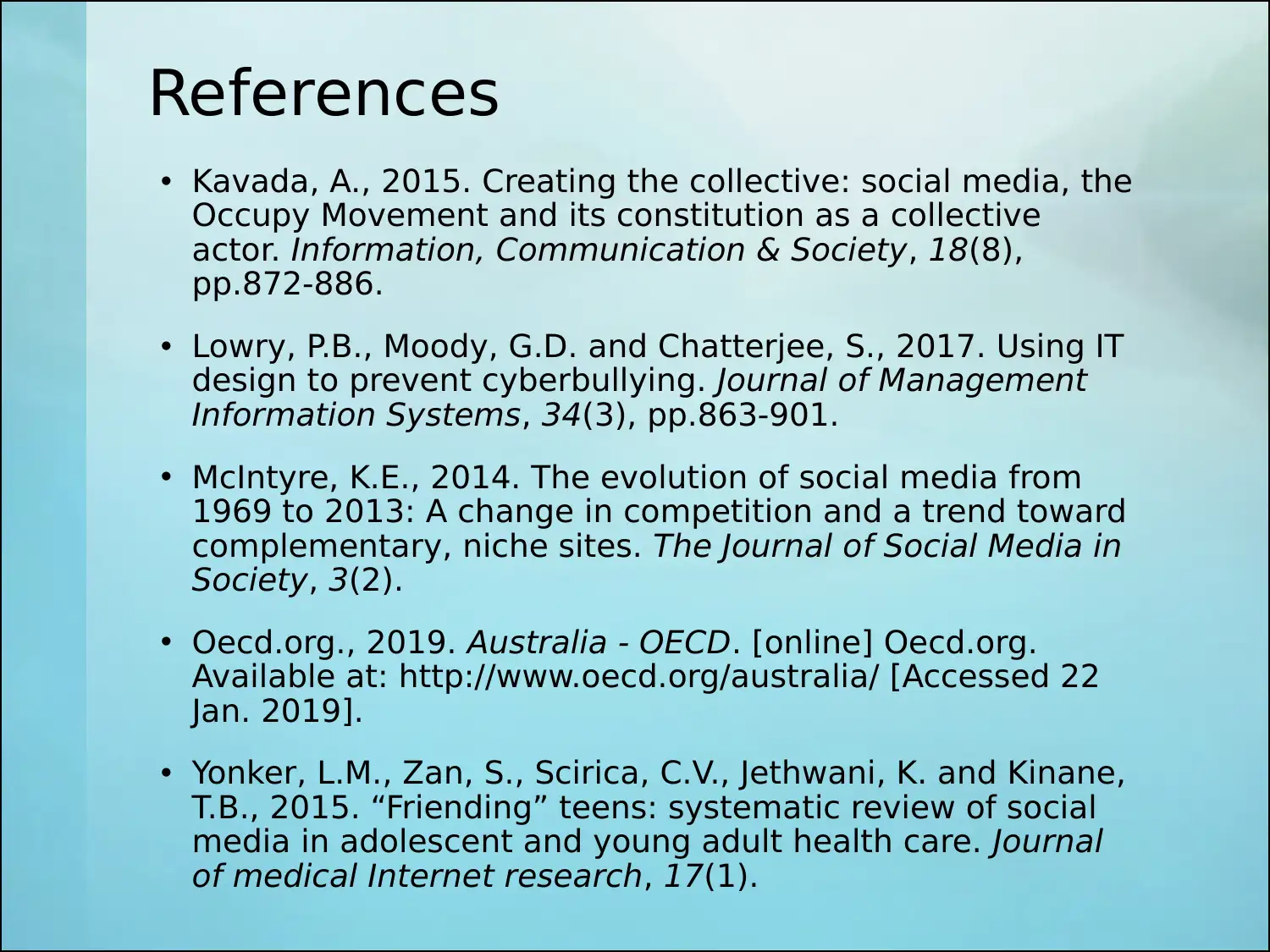







![[object Object]](/_next/static/media/star-bottom.7253800d.svg)